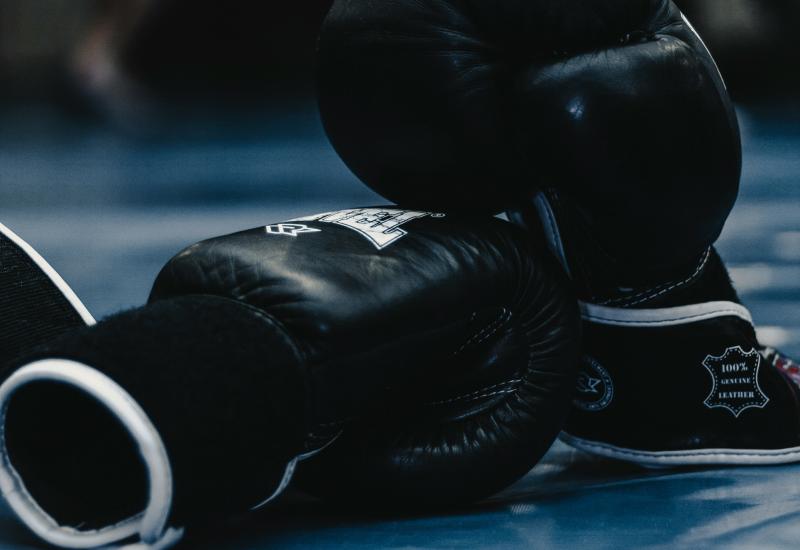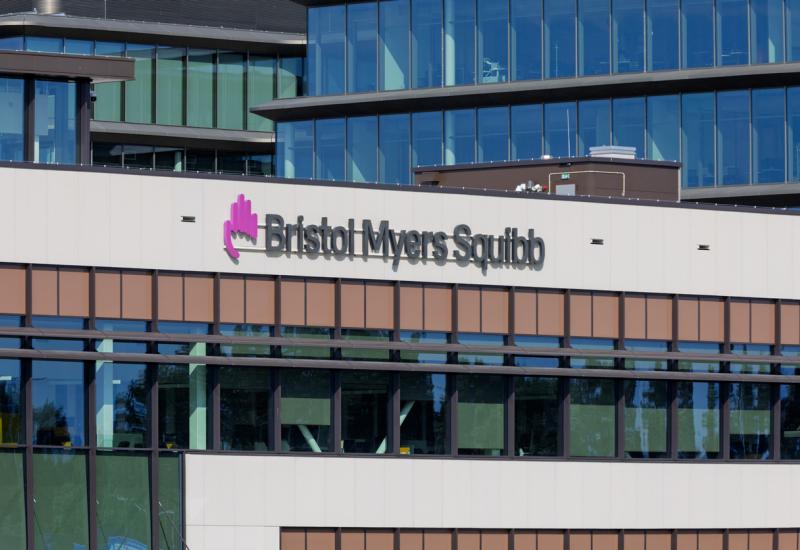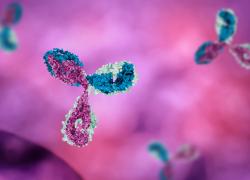
Henlius goes on the anti-Pfizer offensive
But the extensively curated dataset covering its anti-PD-L1 ADC raises more questions.
But the extensively curated dataset covering its anti-PD-L1 ADC raises more questions.

Shanghai Henlius has made its pitch to overtake Pfizer’s anti-PD-L1 ADC fetrastobart vedotin, which entered pivotal testing in September. A presentation over the weekend with Henlius’s similarly acting HLX43 appears to show continued activity in lung cancer irrespective of PD-L1 expression or histology, and in patients who have previously failed on immunotherapy.
These are important advances versus HLX43’s first data splash, which Henlius revealed in a poster at ASCO in June. However, significant gaps remain in the new dataset, including the fact no efficacy results have been revealed for 60% of the patients involved, and that Henlius’s claims are based on a very selective reading of the doses tested.
Speed is of the essence, given that the anti-PD-L1 ADC space features just a handful of clinical players. Two of these are Pfizer’s, and the US big pharma has rushed fetrastobart vedotin straight into phase 3 on the basis of little more than phase 1 response rate data. One concern is whether companies are trying to run before they can walk here.
Curated data
Now comes Henlius, which at ASCO claimed a 38% overall response rate among 21 NSCLC patients given 2mg/kg in a phase 1 multi-tumour study. The company’s latest update includes these subjects, in addition to NSCLC patients who received 2.5mg/kg in this trial, as well as data from a phase 2 study that specifically tested 2.0-2.5mg/kg in relapsed NSCLC.
The last addition is especially important since the phase 2 lung cancer trial is global, while the phase 1 involved only Chinese patients. However, while Henlius cites a combined 174 patients across the two trials (89 given 2.0mg/kg and 85 given 2.5mg/kg), its efficacy data concern only 68, meaning just over a third of the safety-evaluable population.
And the company has curated the data further, cutting the results by histology, but revealing efficacy in squamous NSCLC only for the 2.0mg/kg group, and in non-squamous patients only for those who received 2.5mg/kg. Across these two curated groups the headline figures are a best response rate of 33% for squamous, and 49% for non-squamous NSCLC.
The lack of clarity doesn’t end there. Most of the responses, as at a 22 October cutoff, are unconfirmed, and three of the 17 claimed for non-squamous patients relapsed before their second scan so won’t ever be confirmed. As it stands, the confirmed ORR is 15% for squamous patients given 2.0mg/kg, and 26% for non-squamous subjects on 2.5mg/kg.
Pooled NSCLC data from ph1 Chinese and ph2 global studies of HLX43
| 2.0mg/kg | 2.5mg/kg | |
|---|---|---|
| Safety evaluable patients (total) | 89 | 85 |
| Safety evaluable patients (squamous) | 42 | 40 |
| Efficacy evaluable patients (squamous) | 33 | Not disclosed |
| Best response rate (squamous) | 33% | Not disclosed |
| Confirmed ORR (squamous) | 15% | Not disclosed |
| Safety evaluable patients (non-squamous) | 47 | 45 |
| Efficacy evaluable patients (non-squamous) | Not disclosed | 35 |
| Best response rate (non-squamous) | Not disclosed | 49% |
| Confirmed ORR (non-squamous) | Not disclosed | 26% |
Source: Shanghai Henlius.
When Henlius first faced off against Pfizer at ASCO a dividing line emerged between the two, with fetrastobart vedotin showing activity only in NSCLC tumours expressing PD-L1, while HLX43 appeared efficacious irrespective of PD-L1 expression.
Henlius continues to make this claim, citing response rates of 44% in PD-L1≥1% disease (25 patients) and 40% in PD-L1<1% (43 patients, who are therefore technically PD-L1 non-expressers). Again, however, these numbers are derived only from the 68 patients curated above, and include all unconfirmed responses.
Another important point is that around 80% of all the NSCLC patients given 2.0-2.5mg/kg of HLX43 across these two studies had failed prior immunotherapy. In a further cut of this carefully selected dataset Henlius is claiming a 33% ORR in “IO- and chemo-treated squamous NSCLC”, and 47% in “IO- and chemo-treated, EGFR wild-type, non-squamous NSCLC”.
However, it’s not clear how many patients had failed PD-(L)1 blockade specifically and went on to respond.
1811













